Does your child have after-school meltdowns? Find simple, powerful activities and strategies to calm your child. Back to school has come with a slew of intense emotions.
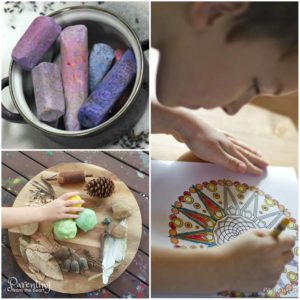
At the end of August, my son started kindergarten.
In the days leading up to his first day, he was quite sensitive.
We did our best to explain what would happen at pick up and drop off, who of his friends would be in the schoolyard, and how well he would fare. Our daughter helped by telling him about special events like dressing up for Halloween and participating in the Christmas concert.
Related reading: 10+ Powerful Strategies That Will Calm Your Angry Child
The first day of school, he entered the gates to the schoolyard and made his way to his teacher beaming.
He was happy. We were proud.
No matter how happy they are at the beginning of their day, either one or both my school-aged kids come home completely exhausted and almost inconsolably emotional.
My number one strategy to prevent meltdowns is to get their blood sugar up right away. So I make sure to show up to school with a snack in hand.
Related reading: Why After School Meltdowns Happen and What you can do About Them
After school, another calming strategy I use is to plan for quiet time activities. Below you will find countless activities to help calm your child after an overstimulating day at school.
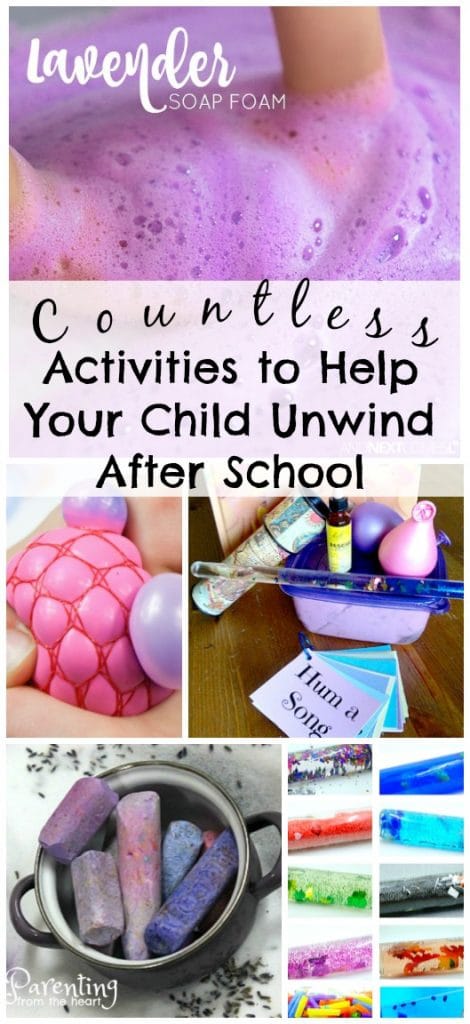
Activities to Calm Your Child After School
Puzzles
I can only find anecdotal evidence about why puzzles are calming. But I see the way my kids are quiet, focused, and calm when they do puzzles. You can read more about the benefits of puzzles here.
This post contains affiliate links. This means that if you choose to make a purchase, I could make a small commission (which makes me grateful). However, the price you pay is the same.
Here are some of our favourite after school activities
Melissa and Doug 4 in 1 Wooden Puzzle in Storage Box
Glow in The Dark Jigsaw Puzzle
Sensory play
If ever you’ve set up a container of cloud dough or made playdough with your kids, you will easily see how engrossed they become. There is an undeniable correlation between sensory activities and calmness. Here are some amazing sensory activities for kids to create and play with to promote self-regulation.
Homemade Sensory Kit for Calm Down Time
Lavender Soap Foam Sensory Play
A Year’s Worth of Sensory Bottles
Squishy Squashy Sensory Balloon Games
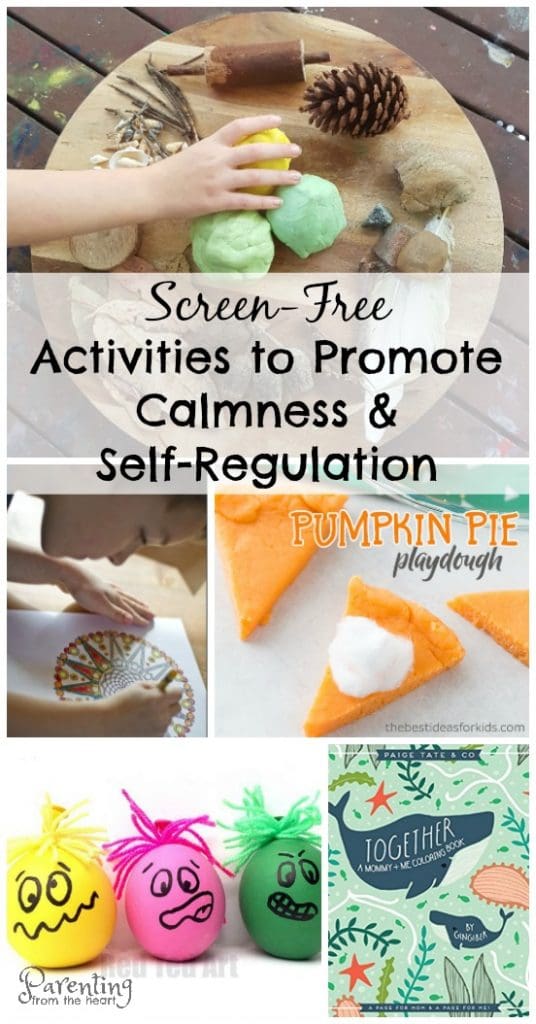
Board games
Like puzzles, board games require focus and calm. Here are some simple board games that are great for younger children to have fun and unwind.
Here are some we recommend
Orchard Toys Shopping List Memory Game
Orchard Toys Bus Stop Board Game
Paw Patrol Matching Memory Board Game
Colouring
Colouring has the potential “…to reduce anxiety, create focus, or bring about [m0re] mindfulness.” – MaryGrace Berberian, art therapist and assistant professor.
Here are some great “Mommy and Me” colouring pages
Calming Activities Including Mandala Coloring
Rainbow Colouring Activity Pack
Together: A Mommy and Me Coloring Book
Mommy and Me Easter Egg Coloring
Additional resources to calm your child
25 Mindfulness Activities Your Child Will Actually Want to do
Jar Full of Feelings: Sensory Regulation Activity
One Simple Trick to Calm an Overstimulated Child
Children’s Music for Rest and Relaxation
Calming Eye Pillows for the Anxious Child
Calming the Angry Child: Positive Parenting Strategies that Work
Why Saying Calm Down to your Kids Doesn’t Actually Work and What to do Instead







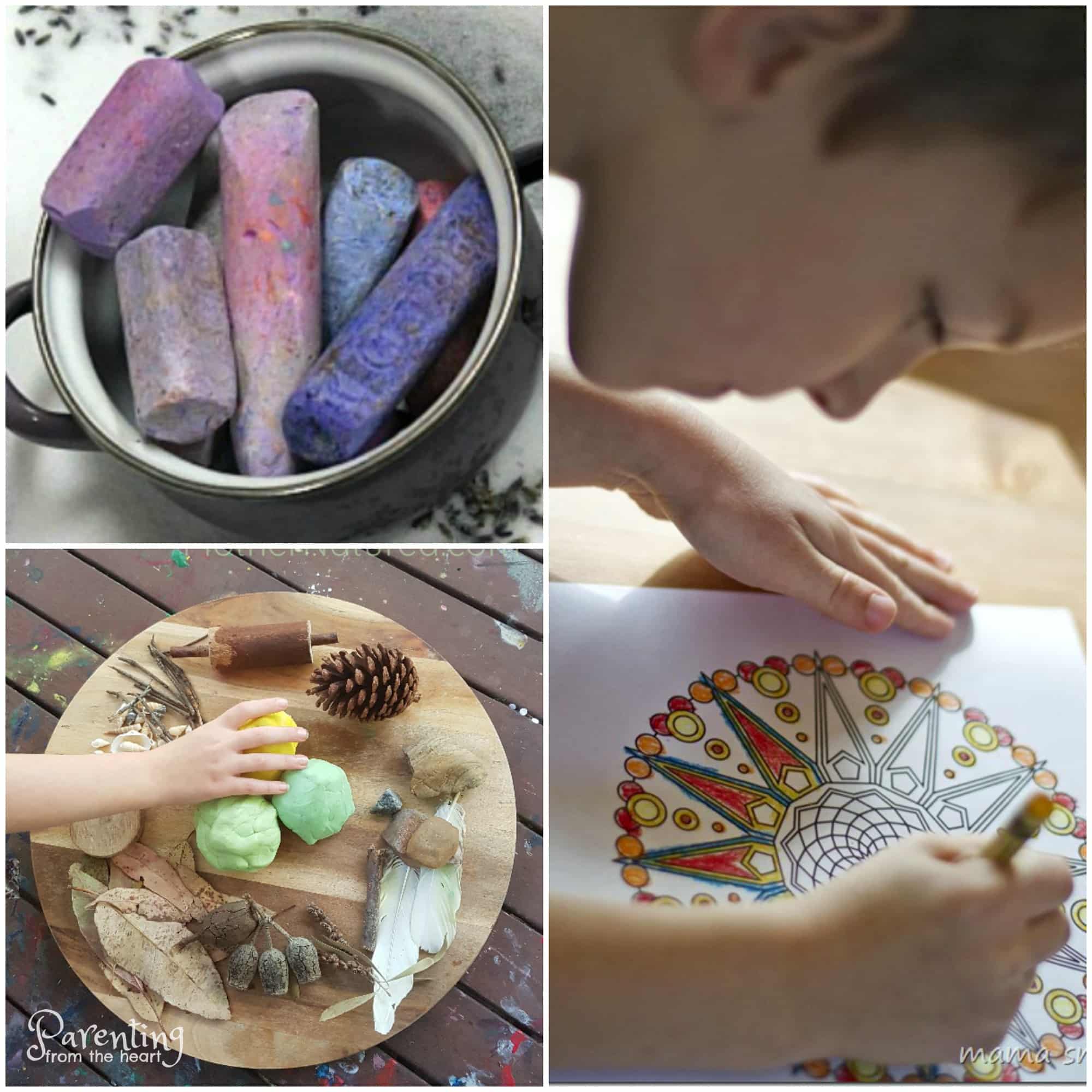
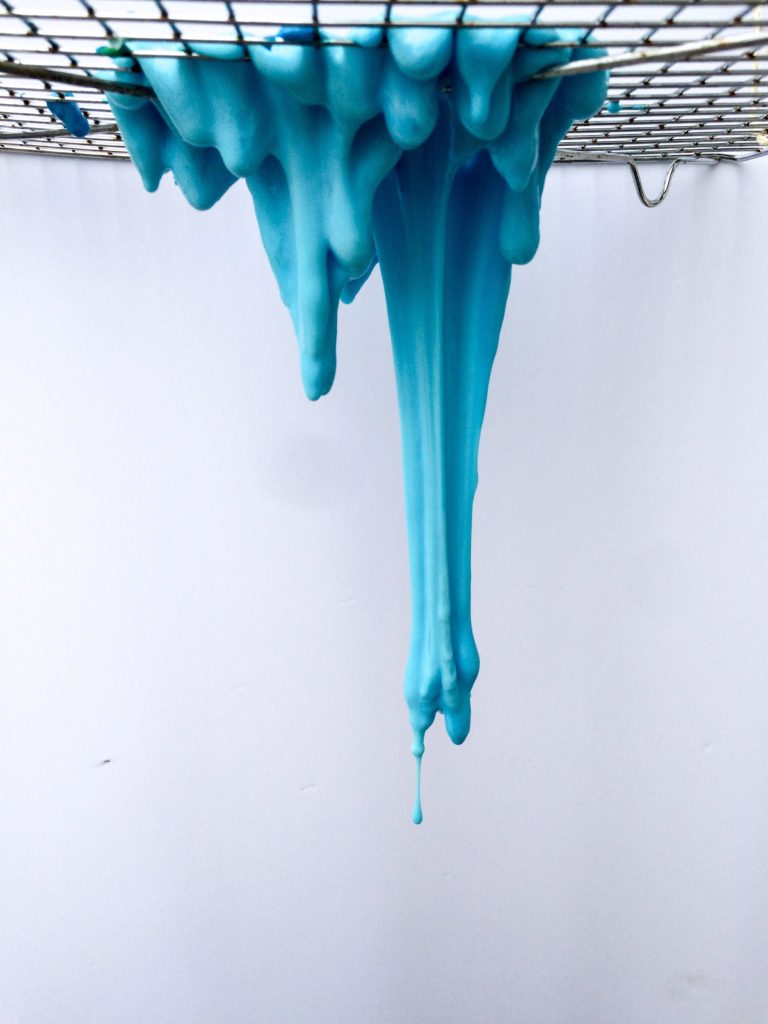
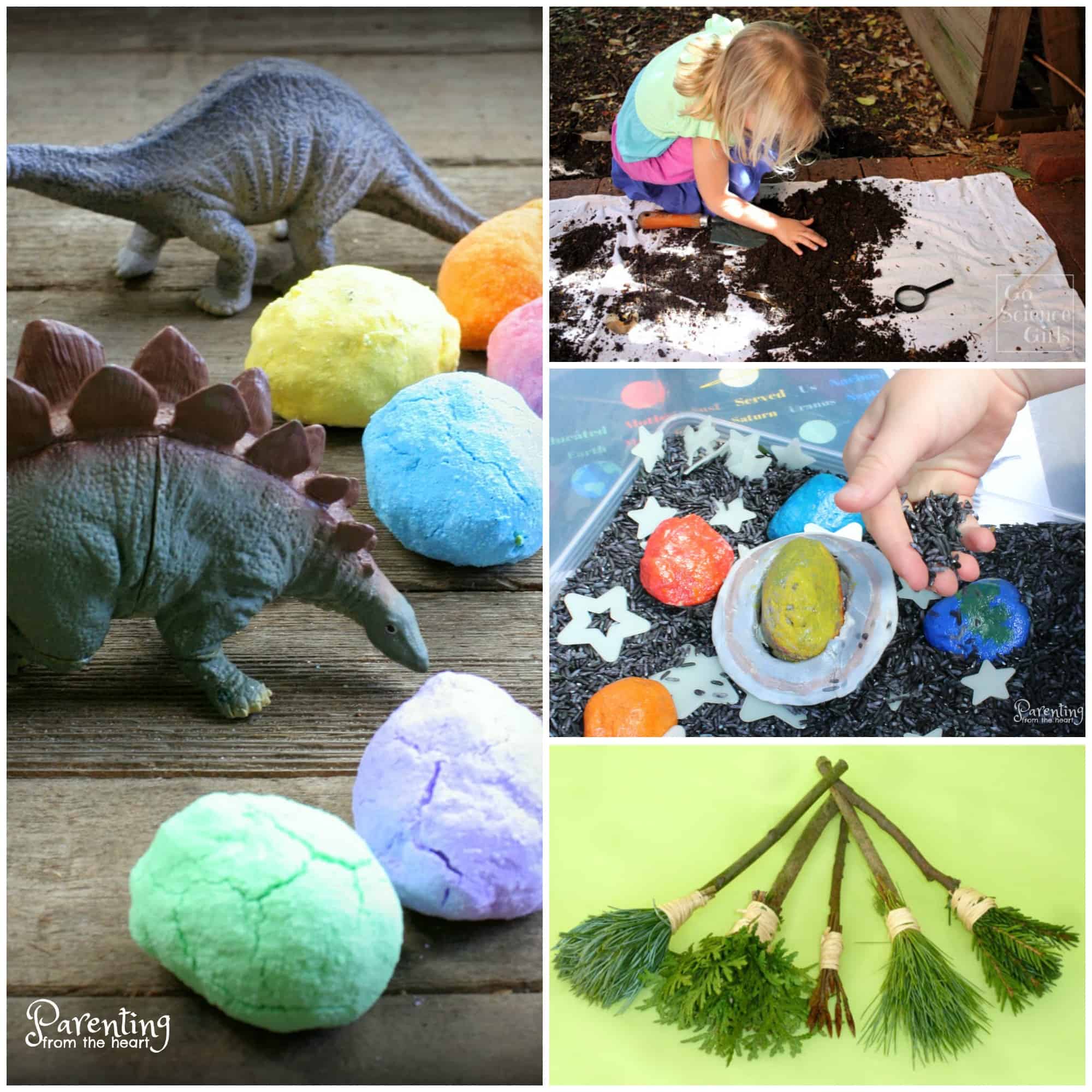
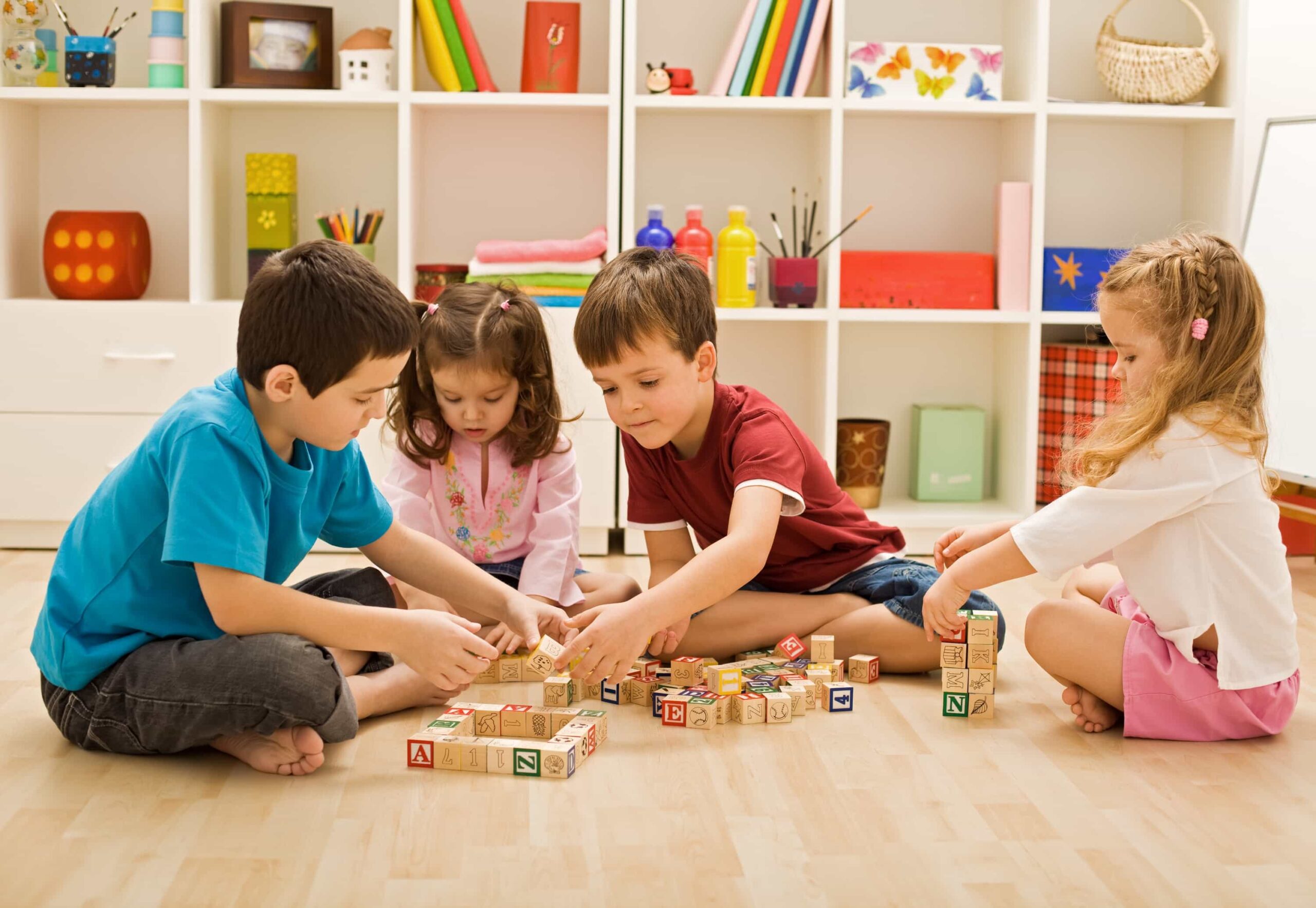
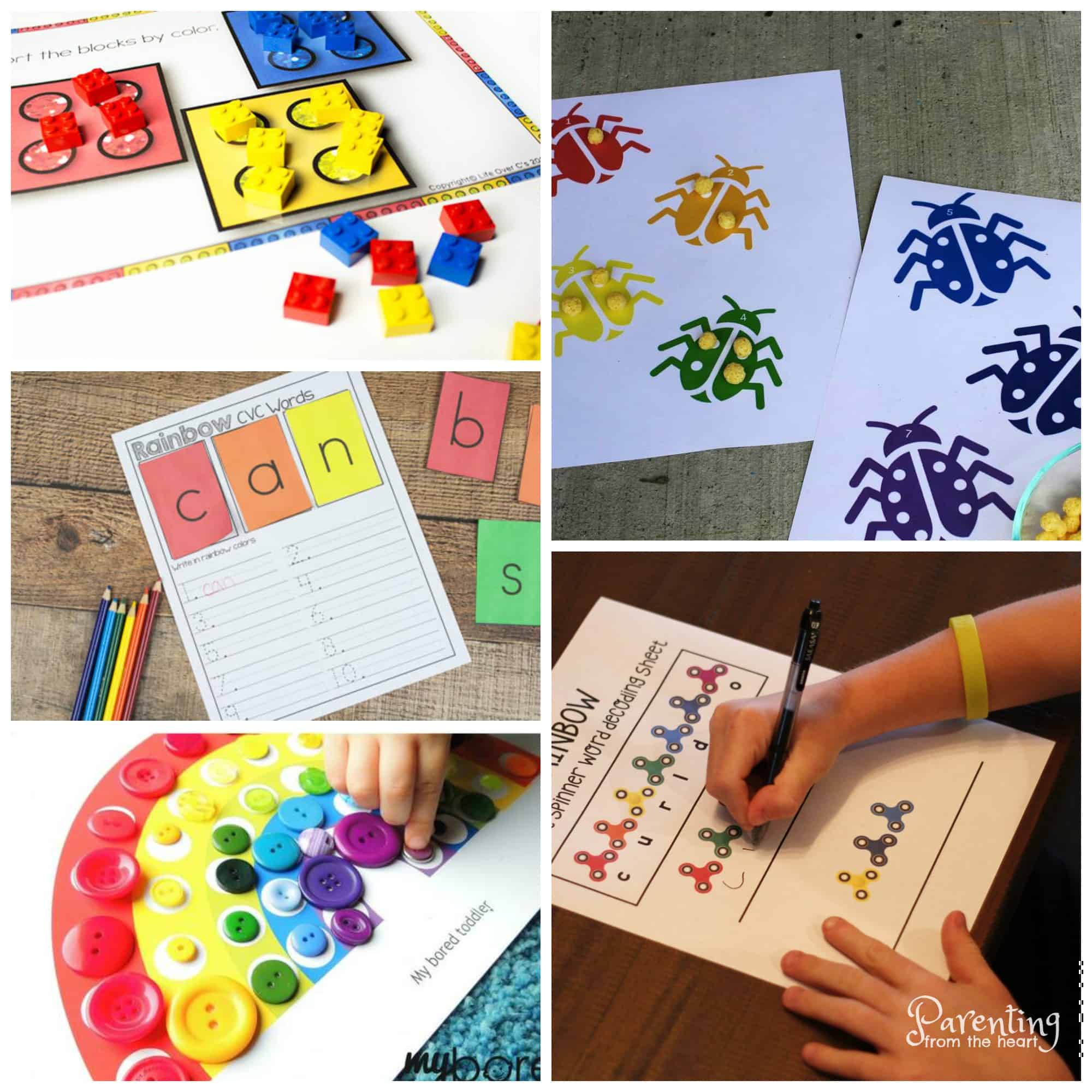
Hi Alana, my friends and I keep voting for you on Top Mommy Blogs but it is not registering. It is registering for Melissa’s blog and Mama By Fire. Currently we are only voting for the 3 of you. Thanks Dianne
very well written. so important topic is discussed in it. thanks for writing this. 👍